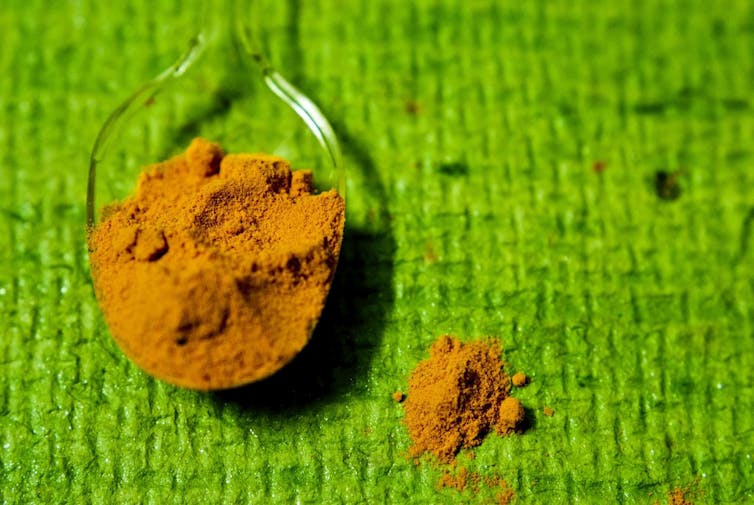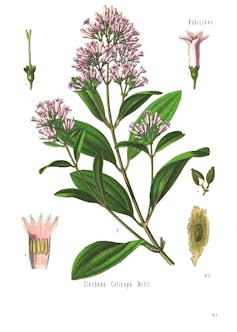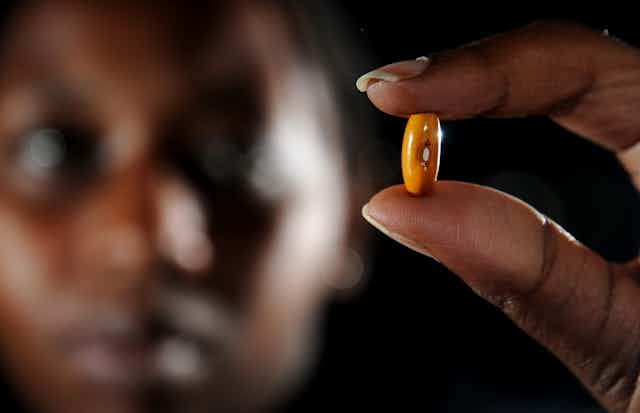As genetic research becomes more sophisticated, so does our ability to use plants and animals to develop new drugs or modify crops to meet food security needs.
Often, in the search for new bioresources, researchers draw on local people’s traditional knowledge about the properties of a particular plant, animal or chemical compound. When researchers use traditional knowledge without permission, or exploits the cultures they’re drawing from – it’s called biopiracy.
Biopiracy happens when researchers or research organisations take biological resources without official sanction, largely from less affluent countries or marginalised people.
Biopiracy is not limited to drug development. It also occurs in agricultural and industrial contexts. Indian products such as the neem tree, tamarind, turmeric, and Darjeeling tea have all been patented by foreign firms for different lucrative purposes.

A less politically charged word for biopiracy is bioprospecting. This is more commonly used by research groups who attempt to search for biological resources in a legal and respectful manner.
Sadly, not many positive examples of bioprospecting exist. Ideally, it involves ethical considerations such as prior informed consent, access and benefit sharing agreements, and material transfer agreements before research commences. Earnings from any commercial products should go towards local conservation efforts and the construction of infrastructure.
Scientific colonialism
Although biopiracy might happen within a country, with elite groups or government officials taking resources from less influential citizens, it has more of a reputation for occurring between different countries. Biopiracy often accentuates power inequalities between wealthy, technology-rich countries and less affluent, yet bioresource-rich, countries.

Historically, biopiracy has been linked to colonialism, with formerly colonised countries having many of their resources forcibly removed. Pepper, sugar, coffee, quinine, or rubber did, and still do, have significant impact on the world economies. All of them have a colonial past.
At the heart of the matter is the idea of ownership. Patents and trademarks are hotly defended by international trade organisations and multinational groups. But for many traditional farmers or indigenous groups, owning a constantly evolving and changing organism is illogical, as is assigning ownership to one person instead of a community of users.
Since 1994, the Agreement on Trade-Related Aspects of Intellectual Property Rights has required WTO member countries to develop legal frameworks to protect varieties of plant and animal resources in two systems: one for agricultural contexts and the other for pharmaceutical, chemical, textile, or other commodity contexts. Several countries have considered this to be counterproductive for protecting their bioresources.
Since the early 2000s, many national governments have changed their laws to protect their bioresources, in accordance with the 1992 Convention on Biological Diversity.
The case of Quassia amara
Exactly what can be patented, for how long, and by whom, differs between legal frameworks, which causes much confusion for researchers, governments, and traditional local peoples.
Recently, a biopiracy case surfaced between the French Institute for Development Research (IRD) and local officials in French Guiana, an overseas department and former colony of France. This dispute exemplifies several common misunderstandings in biopiracy.
French researchers conducted interviews in French Guiana to find out about local antimalarial remedies. That preliminary research was published in 2005, and ten years later, a patent was granted for a new compound from the plant Quassia amara which had antimalarial properties.

Researchers found the compound not from traditional preparations of the plant in a tea, but from alcohol-based extraction methods. Thus, in the European scientific tradition, the compound did not come from traditional Guianese methods but was discovered by the scientists. Nonetheless, it was the local Guianans and their plant knowledge that led the scientists to examine Q. amara and not thousands of others plants.
According to the newly implemented laws, agreements should have been made before the research even began. Now, French Guiana and the IRD are entering into discussions to form a retroactive agreement.
The future is open
Biopiracy is not likely to disappear any time soon. As climate change threatens, many large agribusinesses and researchers are patenting drought-resistant, heat-resistant, and salt-resistant genes from plants for future use in crop species.
To counter this, many researchers are attempting to collect genes and publish them in scientific domains (such as the NIH’s online GenBank or various seed banks). By sharing genetic sequences, scientists can prevent big firms from claiming uniqueness and novelty, two criteria for patents.
While patents were first used to protect inventions and stimulate innovation, many anti-biopiracy activists and some academic and scientific circles are pushing for changes in the system, as it is now thought to hinder research in many important areas. For now, the issue of biopiracy remains at a stalemate.


